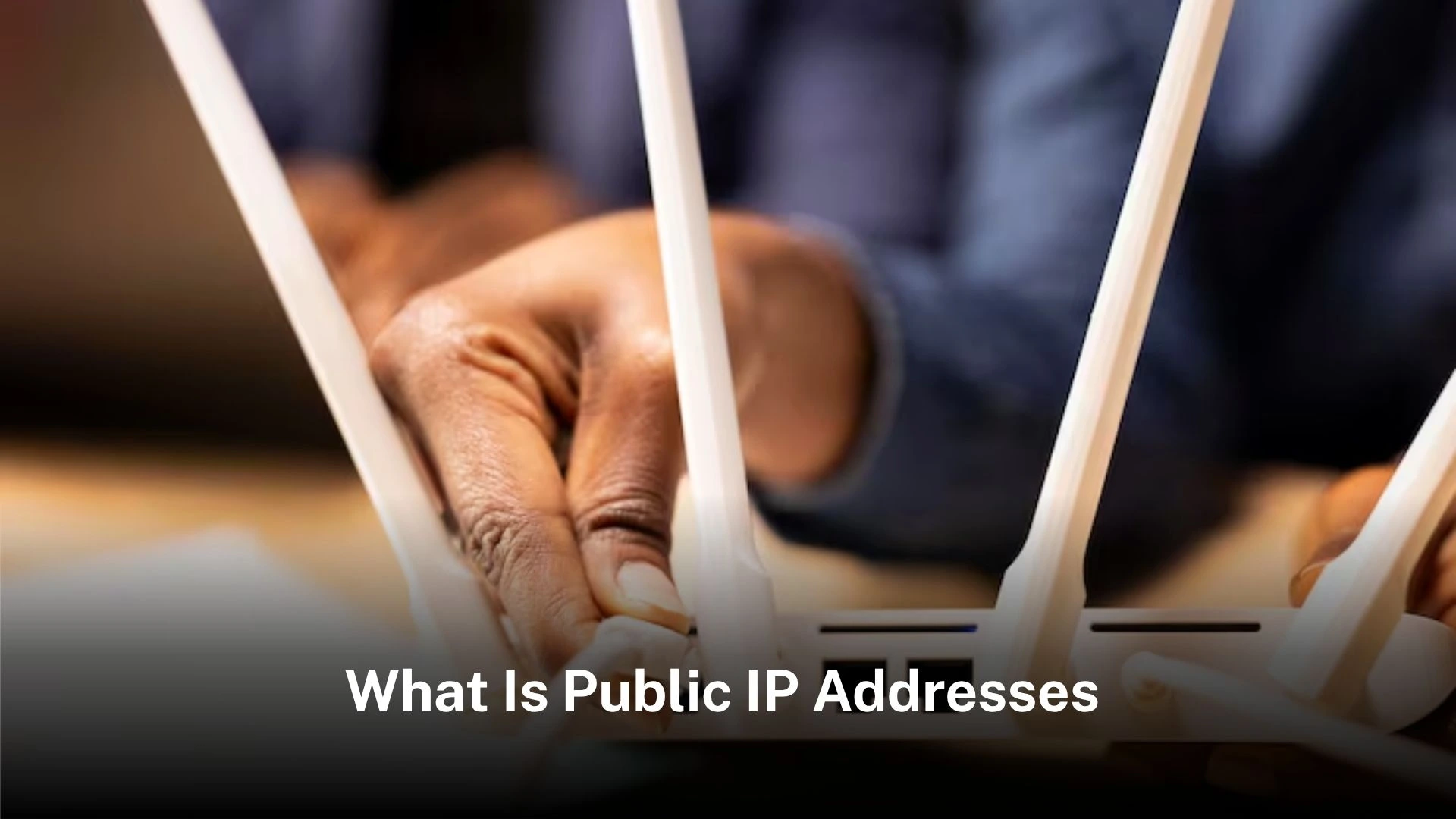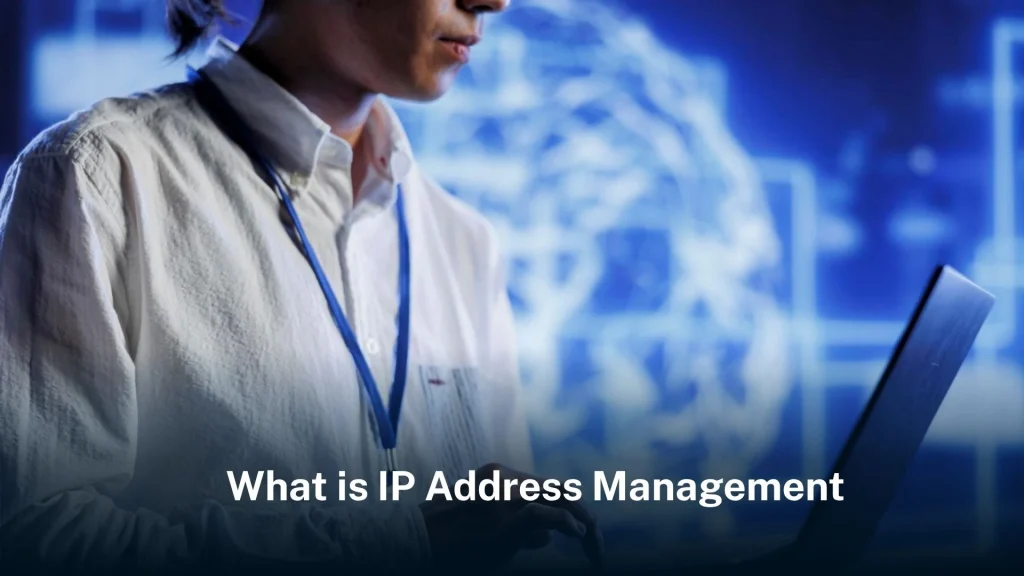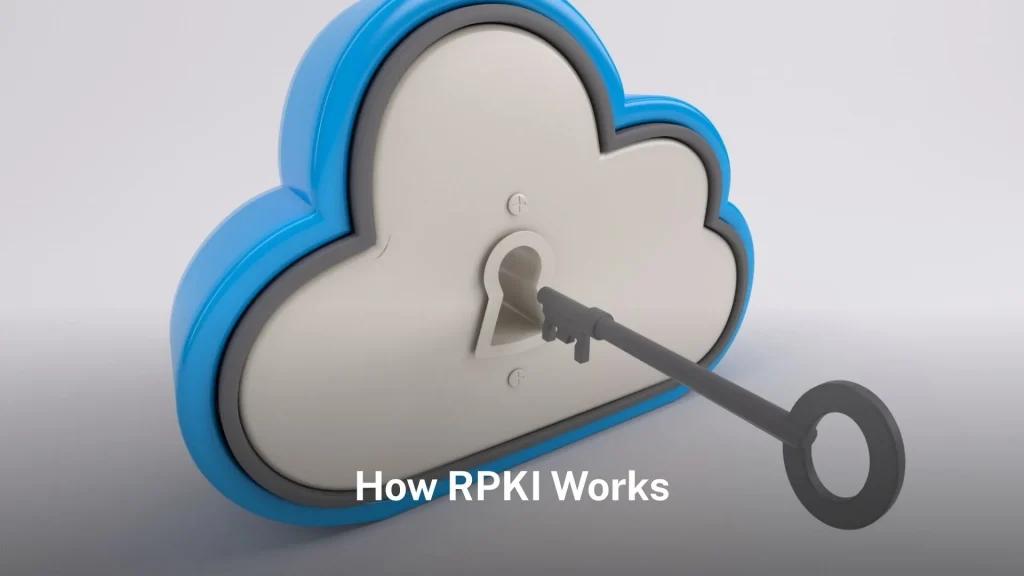Meaning of a Public IP Address
If you have ever helped a friend fix their internet and they ask, “What’s an IP?”, you might realize it’s not something most people think about until something breaks.
A public IP address is, in simple terms, a label the internet uses to figure out where to send the data you requested. Without it, the video you wanted to watch or the email you were expecting would just float around with nowhere to go.
It’s not something fancy you have to set up yourself; it exists the moment you connect. You can think of a public IP like the address on a letter. You might never write it down, but the postal system needs it every time they deliver. The big difference is that your public IP is unique across the entire internet at any given moment. No one else in another town or country can be using it at the same time. That’s why it works—the system knows this number points to you.
Most internet providers assign a public IP automatically. You plug in your modem or turn on your phone’s data, and there it is. Sometimes it stays the same for weeks, sometimes it changes overnight, or every time you log in again. Businesses running websites usually want a static IP that never changes so visitors can always reach the same spot. For regular home use, a changing IP is fine and easier for providers to manage.
There are two common versions of these addresses: IPv4 and IPv6.
Every gadget pairing to a network using the Internet the Protocol is assigned a unique numerical label which is called an IPv4 address. These addresses are essential to making sure the right devices send and receive data. IP addresses are utilised to route data streams between servers, routers, and users, much like mailing addresses have used to route letters to homes. Even though IPv6 was created to address its drawbacks, IPv4, or Internet Protocol version 4, first appeared in the early 1980s and keeps going to be the favoured version. 32 bits constitute an IPv4 address, which can be expressed as 192.168.1.1 in a format referred to as dotted decimal notation. Each part of this address is an 8-bit number ranging from 0 to 255, which helps to define the network and the specific host.
How Public IP Addresses Work
When you click on a link, your device sends a request using your public IP. The server for that website sees the number and says, “Send the page back here.” This happens so quickly you never notice, but every time you browse, download, or stream, it occurs.
In many homes and offices, devices don’t get a public IP directly. Instead, a router uses Network Address Translation (NAT), which basically keeps track of who asked for what.
- If you leave your house and switch to mobile data, your public IP changes.
- If you go to a café, it changes again.
Some providers assign a new IP every time you reconnect; others keep it for a while.
- Static IPs stay the same and are used for servers or services that need to be easily reachable.
- Dynamic IPs change often and are used for most regular connections.
Public IPs aren’t chosen randomly. Providers manage pools of addresses, and you get one when you connect.
Uses of Public IP Addresses
Public IPs are essential whenever someone outside your local network needs to connect to your device or server:
- Websites: Visitors need a public IP to reach your server.
- Gaming: Especially in peer-to-peer setups, public IPs allow devices to connect directly.
- Remote work: Employees accessing company files or applications from home require a public IP.
Think of it like giving someone your street address. Without it, they can’t find you.
Dynamic IPs make it easy to reconnect at home, while static IPs often require a provider request to change.
Public vs Private IPs
- Public IPs: Unique across the internet, used to find your network from outside.
- Private IPs: Reused in different local networks (e.g., 192.168.1.5 in many homes).
Both are important:
- Private IPs manage local networks efficiently and keep some traffic away from the internet.
- Public IPs allow your network to connect to the wider world.
Most homes and offices use both simultaneously, with routers bridging the two.
Security and Management of Public IPs
Managing a public IP isn’t just about staying connected—it’s about staying safe:
- Firewalls: Act like a doorman, deciding who can enter.
- Logging: Businesses often track incoming and outgoing traffic to spot unusual activity.
- IP reputation: Once an IP gets a bad reputation, it can be difficult to fix.
Providers may offer tools to monitor your IP’s “health,” send alerts for suspicious activity, or provide a real-time activity dashboard.
Expert insights on IPv4 class structure
Network professionals who managed early internet infrastructure note that classful addressing simplified early deployment but quickly caused inefficiencies at scale. They point out how the system made configuration easy initially but failed as networks expanded. The lesson learned was early design trade‑off of ease versus scalability. Experts emphasise that IPv4 class structure shaped modern addressing principles. Today engineers benefit from classful theory when studying mask calculations, routing logic and the history of exhaustion.
Those professionals also explain why classful teaching persists. It forms the basis of subnetting education. Understanding how IP ranges map to classes clarifies exercises involving network and host bit calculation. Even though administrators now use CIDR, classful lessons underpin key concepts like binary addressing, mask length and host counting. That foundation helps in advanced tasks such as designing variable‑length subnets and managing address space across global networks.
Why Public IPs Still Matter Today
Even with cloud services, VPNs, and NAT, public IPs remain crucial. They mark your place on the network so information knows where to go. Whether running a personal blog, connecting to work files, or streaming videos, public IPs are always behind the scenes.
Everyday Examples
- A hotel stay abroad can make websites appear differently because your public IP changed regionally.
- A design studio keeping a static IP ensures clients can send files reliably.
- Streaming music in the car depends on public IPs to deliver the correct tracks.
From casual chats to business data, public IPs quietly make the internet work. You don’t need to check yours daily, but it’s always ensuring information reaches you correctly.
FAQ
1. What is a public IP address?
A public IP address is a unique number assigned to your device or network that allows it to communicate with the internet. It works like a street address, directing data—such as websites, emails, or videos—back to your device.
2. How is a public IP different from a private IP?
Public IPs are unique across the internet and allow devices to be found by others outside your local network. Private IPs are used within local networks and can be reused in multiple locations without conflict. Both work together in homes and offices, with routers managing the connection between them.
3. Do public IP addresses change?
Yes. Public IPs can be dynamic (changing frequently, often each time you reconnect) or static (staying the same for consistent access, usually for businesses or servers). Most home connections use dynamic IPs.
4. Why do I need a public IP address?
A public IP is essential for any service that requires access from outside your local network. Examples include hosting websites, gaming with friends, remote work access, or connecting to services while traveling. Without it, external devices wouldn’t know how to reach your device.
5. How can I protect my public IP address?
Security measures include using firewalls, monitoring logs for unusual activity, and managing IP reputation. Some providers offer dashboards or alerts to track your IP’s health and detect potential threats, helping to keep your connection safe.










Leave a Reply